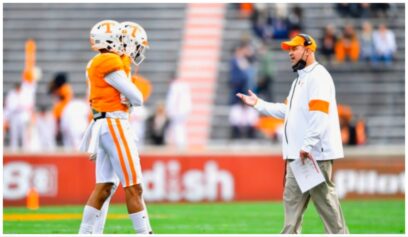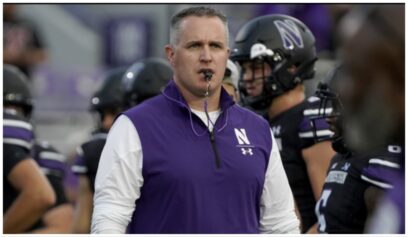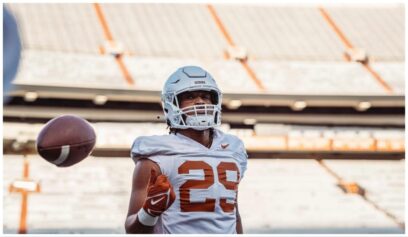As the college football season begins to come to a close, everyone can now prepare for Bowl Season and the upcoming awards to be handed out amongst the nation’s best players. None, of course, is more recognized than the ultimate prize of the Heisman Trophy, the award presented to college football’s most outstanding player whose performance best exhibits the pursuit of excellence with integrity. This is the description of the “criteria” that encompasses what the Heisman is all about. No where in the phrase “the pursuit of excellence with integrity” does it mention race, background, or even age. However in years past, the Heisman voting carried a silent code that factors outside of its mission indeed played a part in the selections.
In the early years of the award, race most certainly played a factor, none more evident than the 1956 selection of Notre Dame quarterback Paul Hornung over Syracuse running back Jim Brown. Sure Hornung led his team in passing, rushing, touchdowns, punting, and even in returns, but his Irish squad finished 2-8 as he passed for only three touchdowns and threw 13 interceptions. Let that sink in for a second. Meanwhile Brown put together one of the most-impressive seasons in college football history to that point, running for 986 yards while amassing 14 touchdowns in just eight games. He would finish fifth in the balloting.
Since 1961, the year Syracuse running back Ernie Davis became the first black player to win the award, race has not been as much of a perceived issue in the selections. There have been 28 African American winners (yes 28, not 27 because I still include Reggie Bush) and presumably there will be another added this weekend in Florida State quarterback Jameis Winston. But while the question of race seems to be a moot factor, the next element of the silent code was that of age. The Heisman was once seen as an award that could only be achieved by upperclassmen (juniors and seniors). It was not until 2007 when Florida QB Tim Tebow finally broke the code to become the first sophomore to take home the trophy.
But how many players in history were overlooked just because of classification? Marshall Faulk led the nation in rushing as a sophomore in 1992 only to finish second. Herschel Walker gained an NCAA freshman-record in rushing yardage in 1980 and was widely considered the best player in college football only to place third in the voting. And in 1985, Michigan State running back Lorenzo White turned in one of the greatest seasons of all-time, rushing for a sophomore-record 2,066 yards and 17 touchdowns, only to finish fourth albeit behind winner Bo Jackson.
Lorenzo White was a bad boy:
In 2012 Texas A&M quarterback Johnny Manziel smashed the code altogether, becoming the first freshman player to reach the mountain top. We now hope that all prejudgments are put to rest and voters can clearly select the right man for the honor. And while Jameis Winston is still the odds-on favorite to claim the prize and potentially become the second freshman selected, will voters now point to the term “integrity” and question his character amidst the sexual assault allegations that have since been dismissed? We are all human and it is tough to see past what has already been engrained in one’s memory. I just hope the term “integrity” is also a part of the characteristics that the voters possess as well.



